Water management lessons Uzbekistan can learn from Las Vegas – Tackling water shortages
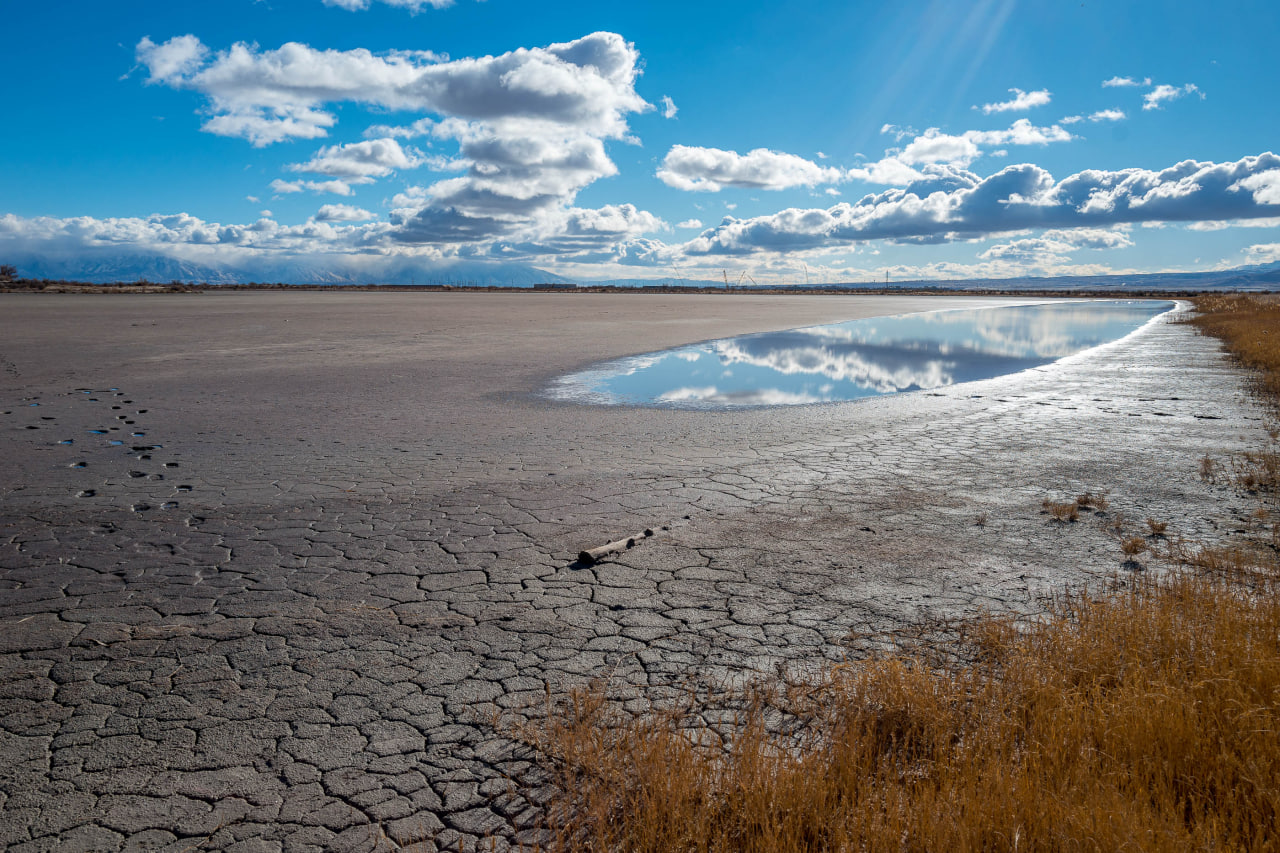
Photo: Getty Images
During my recent trip to the U.S. for participation in the 'Democracy is More Than Election Day' international reporting tour, I had the opportunity to visit Las Vegas, situated in the heart of the Mojave Desert. Famous for its dazzling lights and sprawling casinos, Las Vegas presents a stark contrast with its critical challenge of water scarcity, veiled by its luxurious facade. This article, which is the result of thorough research conducted online and several brief conversations with speakers I met during the tour, delves into the water-related difficulties facing Las Vegas and the innovative measures the city has taken to address them. Drawing comparisons with Uzbekistan, which is similarly wrestling with its water management, offers us a chance to extract pertinent lessons that could prove useful in tackling its water scarcity issues.
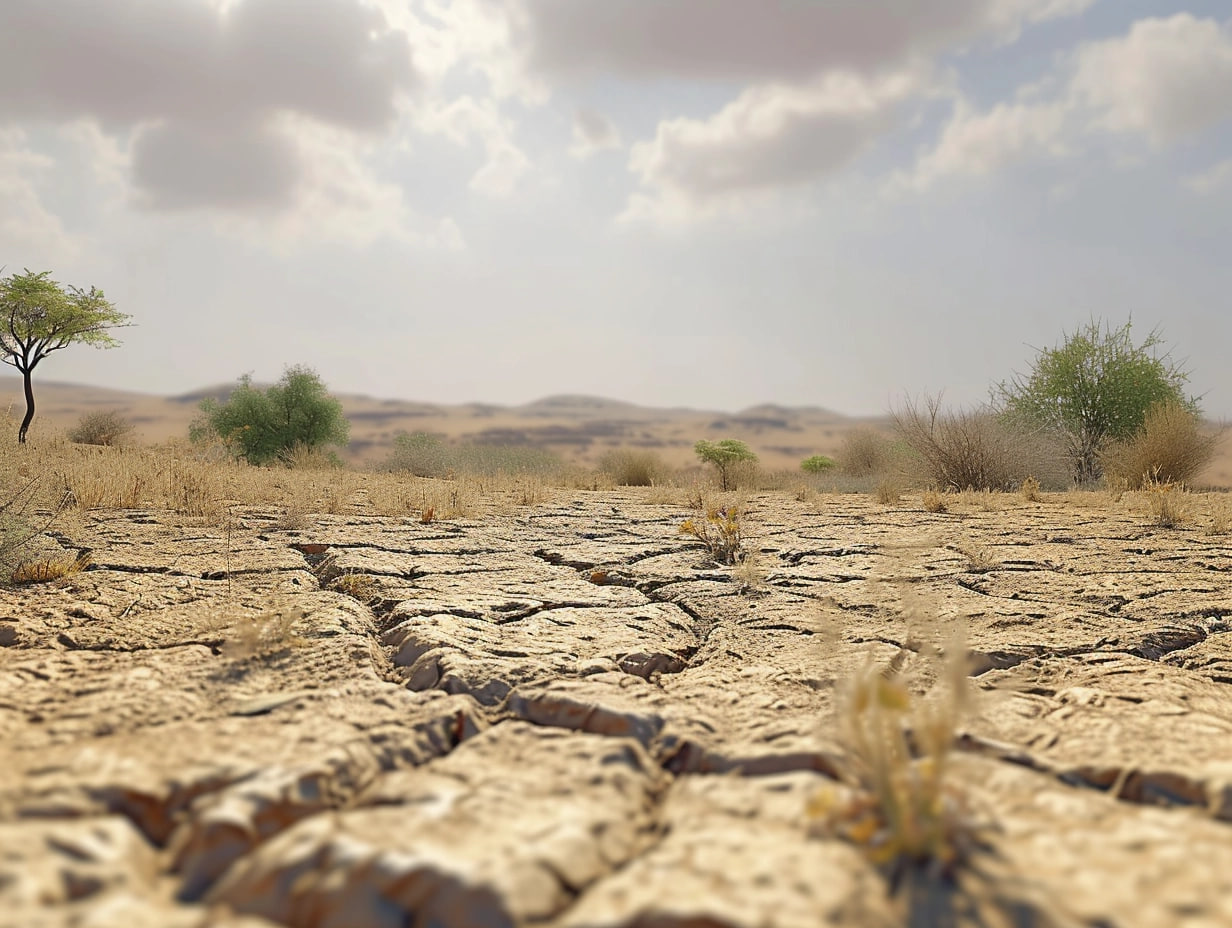
Las Vegas is situated in one of the driest regions in the United States, receiving an average annual rainfall of just about 4 inches. The primary source of water for the city is the Colorado River, channeled through the Lake Mead reservoir. However, the combination of prolonged droughts, climate change, and the increasing demand from the growing population and tourism industry has put unprecedented pressure on this water supply.
In response to these challenges, Las Vegas has become a world leader in water conservation and management. The Southern Nevada Water Authority (SNWA) has implemented stringent water conservation measures that serve as a model for arid regions worldwide. These measures include strict regulations on residential water use, incentives for removing water-intensive turf, and the development of one of the most sophisticated water recycling systems in the world.
The city's approach to water reuse is particularly noteworthy. Nearly every expert I met underscored the point that Las Vegas treats and recycles almost all of its wastewater. This recycled water is then used for irrigation, industrial purposes, and replenishing the water supply in Lake Mead. Remarkably, the water used indoors, such as for showers, sinks, and toilets, is treated and returned to Lake Mead, ensuring that every drop of water is utilized efficiently.
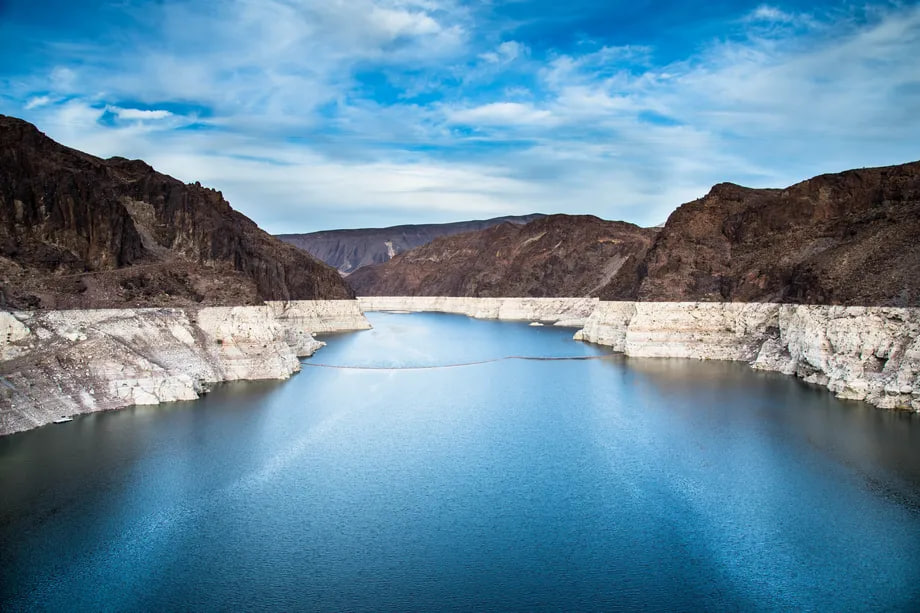
On the legislative front, Las Vegas has implemented laws that limit the use of water for landscaping in new developments and restrict the size of new swimming pools. These regulations have been pivotal in reducing per capita water use, even as the population has continued to grow.
Turning our attention to Uzbekistan, the water management issues it faces bear similarities to those of Las Vegas but are exacerbated by additional factors. Uzbekistan relies heavily on water for irrigation. The primary source of water is the Amu Darya and Syr Darya rivers. However, inefficient water use, outdated irrigation methods, and the effects of climate change have led to severe water shortages across the country.
Like Las Vegas, Uzbekistan is challenged by the need to balance water use between urban areas and agricultural demands. The Aral Sea disaster, once one of the world's largest lakes and now almost entirely dried up due to the diversion of rivers for irrigation, stands as a stark reminder of the consequences of mismanaged water resources.
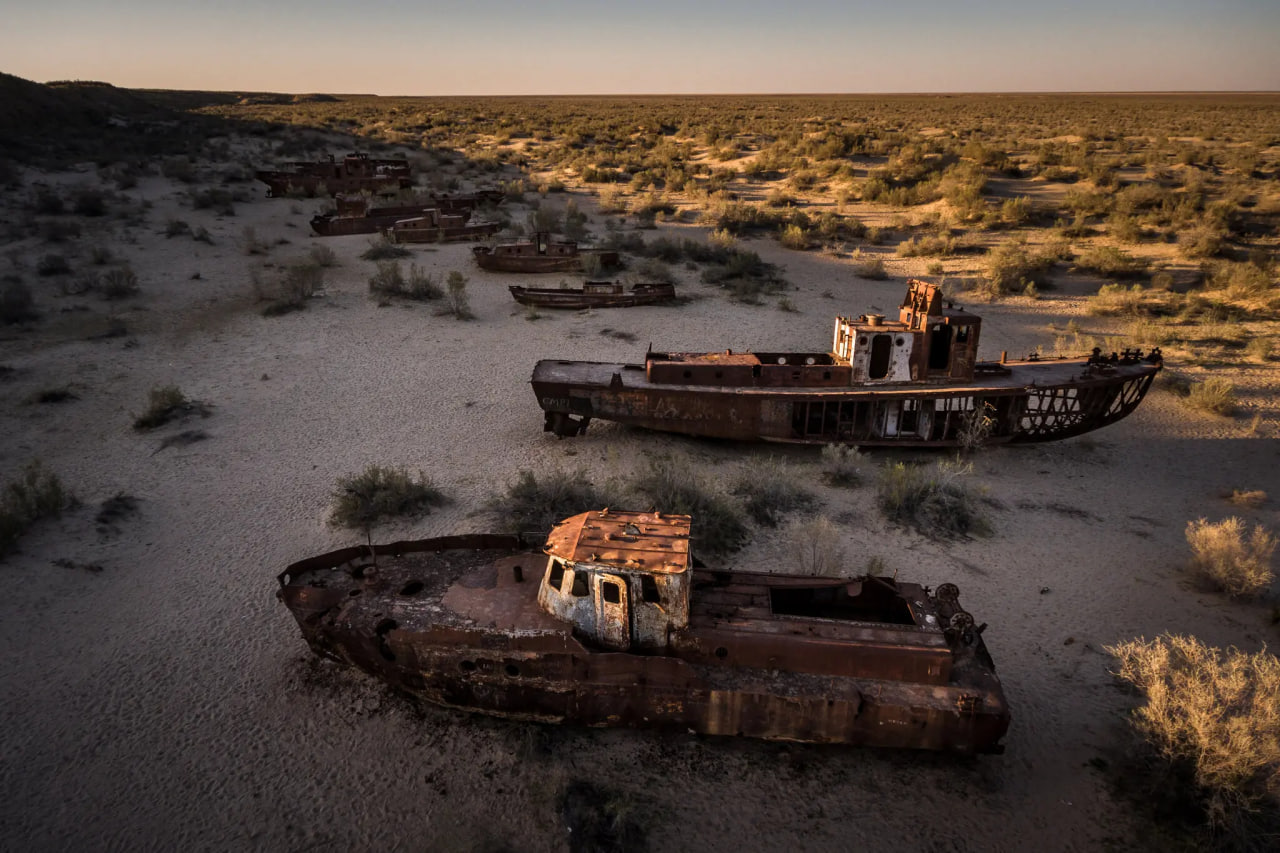
Uzbekistan can learn from Las Vegas' aggressive water management and conservation strategies. Adopting advanced water recycling and treatment technologies can help Uzbekistan efficiently use its limited water resources. The introduction of legislation to promote water-efficient practices in agriculture, such as drip irrigation and crop rotation, could significantly reduce water wastage.
Moreover, public awareness campaigns similar to those in Las Vegas could play a crucial role in changing public attitudes toward water use in Uzbekistan. Educating the population on the importance of water conservation and introducing incentives for water-saving technologies in households could lead to substantial reductions in domestic water consumption.
Additionally, Uzbekistan could explore the further development of regional cooperation frameworks with its neighbors, especially with Kyrgyzstan, for water sharing and management, learning from interstate agreements within the United States over the Colorado River. Such agreements could ensure a more equitable and sustainable distribution of water resources in Central Asia.
In conclusion, while the contexts of Las Vegas and Uzbekistan differ, the core principles of water management and conservation adopted by Las Vegas offer valuable insights for Uzbekistan. By embracing innovative water management strategies, prioritizing the efficient use of water resources, and fostering a culture of conservation, Uzbekistan could potentially mitigate its water shortage concerns and secure a more sustainable future. Particularly, the implementation of advanced irrigation techniques, water recycling and reuse programs, and public awareness campaigns about water conservation are strategies that have proven effective in Las Vegas and could be adapted to the Uzbek context. Moreover, investment in water-efficient technologies for agriculture and industry, along with legislative support for water rights and usage policies, could further bolster Uzbekistan's efforts. Collaboration with international experts and adaptation of best practices from around the globe will be crucial for Uzbekistan as it seeks to navigate its water management challenges and ensure the availability of this precious resource for generations to come.
Doniyor Tukhsinov
Related News
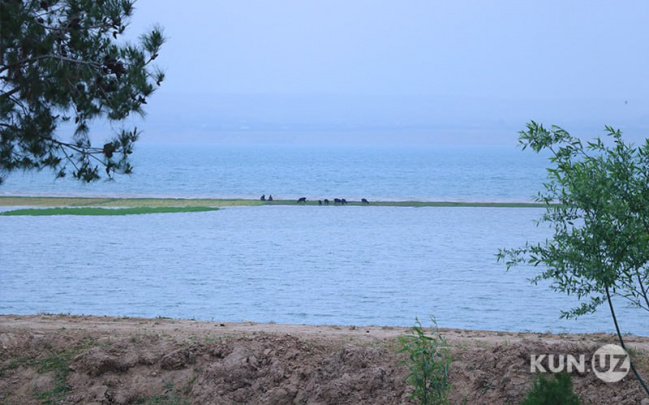
12:36 / 05.12.2025
Syrdarya to launch construction of major reservoir to boost agricultural output
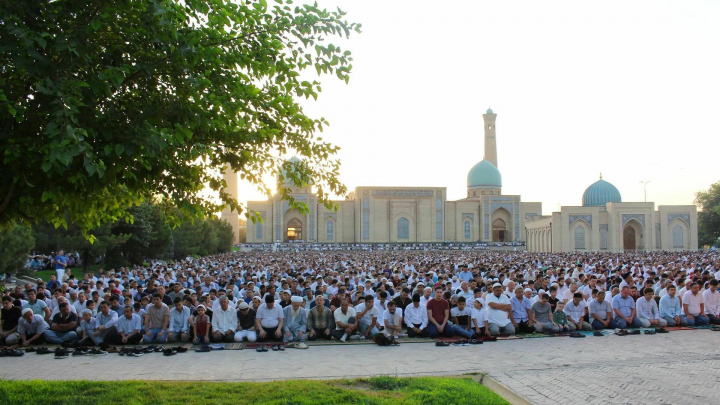
15:05 / 25.11.2025
Muslim Board of Uzbekistan calls nationwide prayer for rain amid prolonged dry autumn
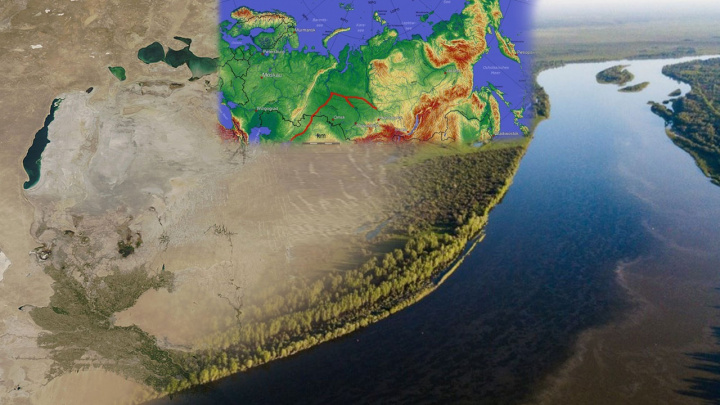
16:17 / 20.11.2025
Reviving the mega-canal: Could Siberian water save the Aral Sea?
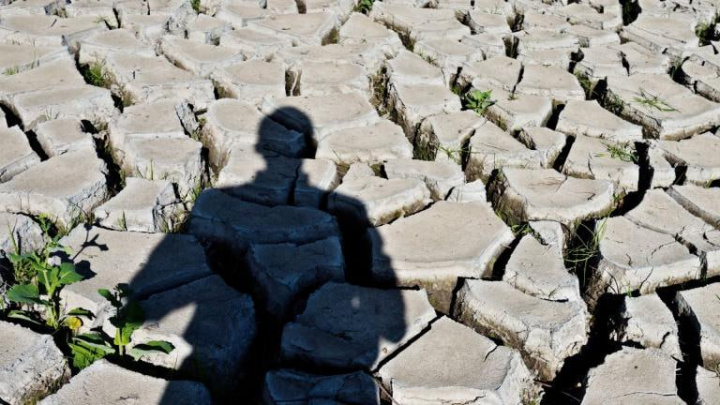
13:47 / 20.08.2025



